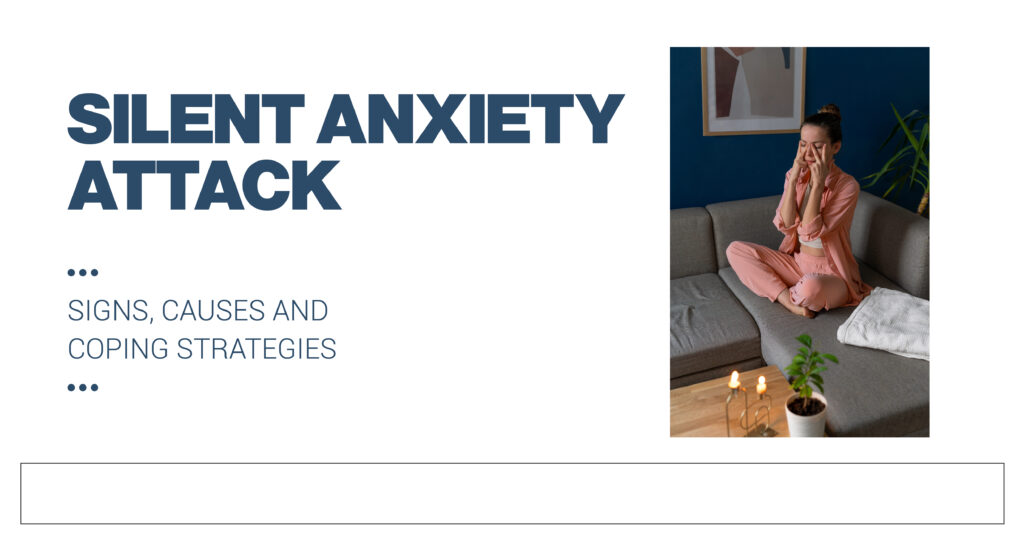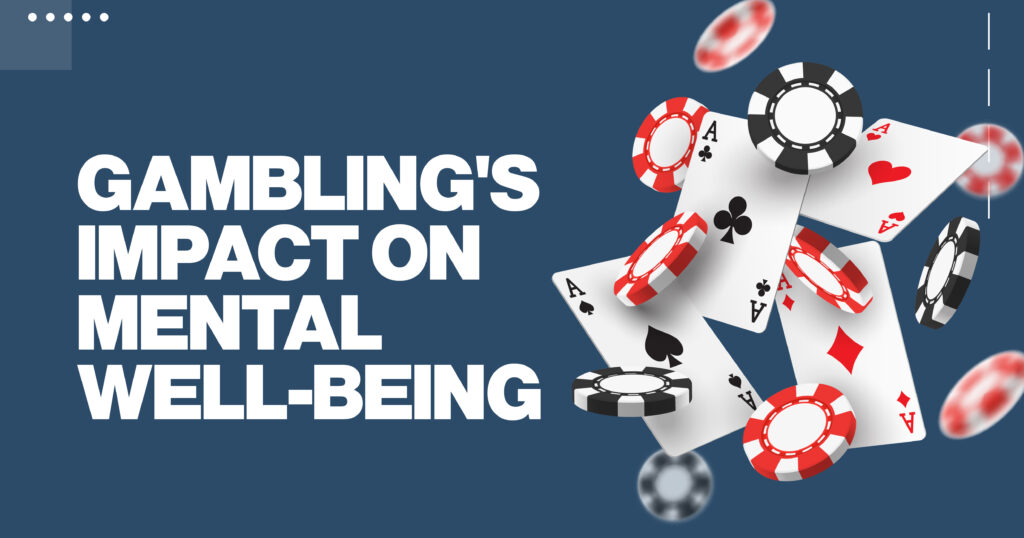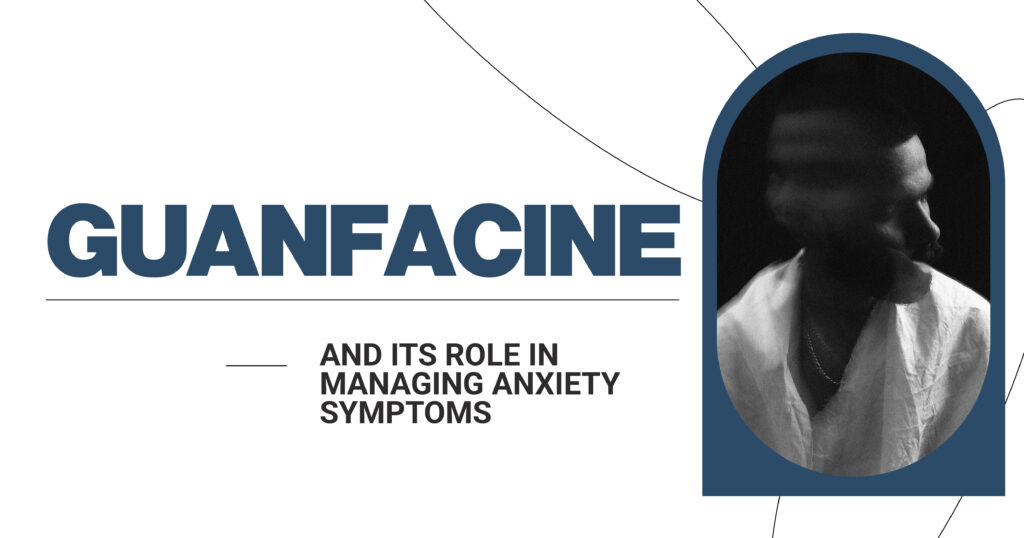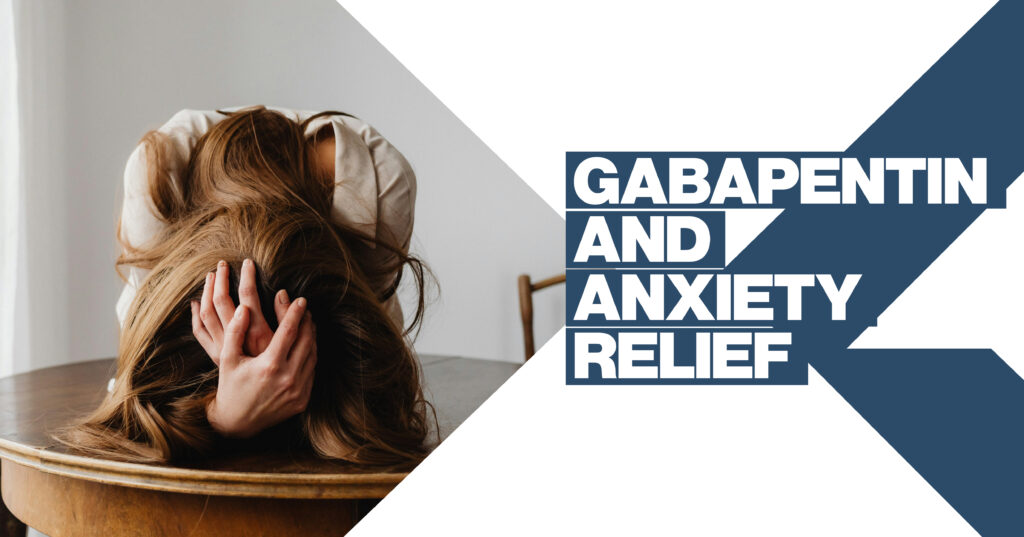Living with anxiety is a kind of weight that no one else seems to be carrying. Often, manifestations of anxiety will not be recognized by those not afflicted with the disorder, which makes it even harder to notice and address.
Such anxiety attacks would be termed silent and would remain entirely under the radar mentioned above. They are cousins of panic attacks. While most panic attacks have apparent outward signs in the throat, rapid breathing, and trembling, silent anxiety attacks finish next to these visible symptoms, going completely unreported.
This article covers the causes and symptoms of silent panic attacks and suggests possible coping techniques for anyone suffering from them. It also provides a thorough guide to the effective management of those moments.
Understanding Silent Anxiety Attacks
It’s similar to any panic attack, and silent anxiety attacks leave one wondering, “Can I have a panic attack without realizing it?” Anxious symptoms tend not to respond to the somewhat stereotypical form, leaving one in doubt about whether they are experiencing panic. Unlike most of the obvious signs to the people around you, silent panic attacks happen mostly inside your body and mind, making them harder to recognize.
What Is a Silent Anxiety Attack?
A silent anxiety attack is where the person experiences the complete physiological and psychological aspects of a panic attack but lacks the external signs that are not immediately visible. Most people relate panic attacks with their physical symptoms, heartbeat shaking, or even dizziness.
Still, there are times that an anxiety attack could manifest just through very minor, unnoticed changes. At those moments, they may feel overwhelmed, anxious, or perhaps paralyzed by their own thoughts, but without any apparent external signs that would normally cause concern in a nearby onlooker.
A silent panic attack, for example, would be a sudden onset of sheer dread or anxiety that would hardly be visible to anyone. With an internally racing heart but no signs of sweating or hyperventilation so, it’s possible to have silent anxiety attacks that go unnoticed both by the individual and by those around them.
How Silent Anxiety Attacks Differ From Regular Panic Attacks
Classic panic attacks have very common physical symptoms, such as shortness of breath, sweating, trembling, or heart palpitations. These intense episodes usually come out of the blue and reach their height of intensity in a matter of minutes.
On the contrary, these classical panic attacks show quite a silent feature as most symptoms are internal, although just as harmful as from an attack, but may prove more challenging to recognize because they fail to be visibly manifested.
This is one of the other differences between silent panic attacks as compared to ordinary panic attacks in terms of having an emotional effect. While most residual cases evoke the feeling of immediate danger, silent anxiety attacks keep an individual ruminating regarding what she is feeling.
“Is this anxiety?” “Or is something strange happening to me?” This leads most to question themselves with the reference, “I don’t know if I have had a panic attack because my symptoms don’t correspond with a typical panic attack symptom.”
Can You Have a Panic Attack Without Realizing It?
The response would be “yes,” and it’s possible that people can experience a panic attack without ever realizing it – especially when it is silent. Silent anxiety attacks show no signs of happening to the individual.
They will feel symptoms internally, like tightness in their chest, dizziness, and heart racing, while not relating those symptoms to anxiety. Because of that, the disconnection of awareness can confuse or frustrate people, as they keep asking themselves if they have had a panic attack.
Pacific Coast Mental Health
Recognizing the Symptoms of Silent Anxiety Attacks
Silent anxiety symptoms are typically quite subtle, with the implication of their impact being different than that of any other type of anxiety attack. Often, it is tough to identify, especially during unhealthy times when such signs wouldn’t be considered part of panic attack symptoms.
Physical Signs of a Silent Anxiety Attack
Though a silent anxiety attack may not show up on the outside, it can still have a significant effect on the body. Here are some physical symptoms that may occur:
- Chest Tightness. You may feel a constricting sensation in your chest that makes breathing difficult, even though you’re not visibly panicking.
- Dizziness or Lightheadedness. As your body enters a state of fight or flight, you may experience lightheadedness or a sense of instability.
- Increased Heart Rate. While your heart may be pounding or racing, this can often go unnoticed because there are no other outward signs of anxiety.
- Shallow Breathing. You may be taking quick, shallow breaths without realizing it, which can contribute to feelings of lightheadedness or panic.
These physical symptoms can be the body’s response to stress and anxiety, even without the outward symptoms that typically accompany panic attacks.
Emotional Indicators of Silent Anxiety Attacks
In addition to physical symptoms, silent anxiety attacks can lead to various emotional and psychological signs, including:
- Overwhelming Feelings of Dread. You may feel a sense of impending doom or fear without apparent cause.
- Irritability. Small triggers may feel disproportionate, making you more easily frustrated or upset.
- A Sense of Losing Control. You may feel like you’re spiraling emotionally or mentally, even though nothing around you is visibly out of place.
These emotions often come without warning, and because they don’t come with the typical physical signs, it can be difficult to recognize them as part of an anxiety attack.
Silent Panic Attack Symptoms Vs. Typical Anxiety Symptoms
A silent anxiety attack can come at random, with no unique trigger, and can quickly escalate. Ordinary anxiety builds up slowly, though, with a specific stressor or trigger.
It has to do with that internal chaos the sufferer of a silent panic attack might feel, though they don’t show it outwardly. This simply confuses and makes people doubt whether what they are going through really is a panic attack or just normal anxiety.
What Causes Silent Anxiety Attacks?
Understanding the inner reasons behind these silent panic attacks can be an essential step in treating them. They may arise because of external stressful situations or another underlying mental problem. Below are different kinds of possible common triggers and contributors.
Common Triggers of Silent Panic Attacks
There are many potential triggers for a silent anxiety attack. Some of the most common include:
- Work-Related Stress. Deadlines, pressure, or overwhelming workloads can lead to feelings of anxiety that are internalized and manifest as silent panic attacks.
- Social Situations. Events where large groups of people can be engaged or simply take part in the activity, and an individual feels judged by others, can be a silent anxiety attack with no outside appearance of those symptoms.
- Financial Concerns. Most of the time, worrisome thoughts about money, the security of a job, or debt can be significant instigators of anxiety.
The sudden spike in anxiety levels can sometimes be caused by the aforementioned factors, even in the absence of physical symptoms of panic attacks.
Underlying Conditions That May Contribute
Certain mental health conditions can contribute to the occurrence of silent anxiety attacks. For example:
| Generalized Anxiety Disorder (GAD) | People with GAD experience excessive worry, which can lead to silent anxiety attacks. |
| Post-Traumatic Stress Disorder (PTSD) | Individuals with PTSD may experience silent panic attacks triggered by reminders of trauma. |
| Depression | People dealing with depression may also experience heightened anxiety, leading to silent panic attacks. |
What Does an Anxiety Attack Feel Like Without the Obvious Signs?
The experience of internal chaos is that of a silent anxiety attack. It may feel as if something has gone wrong without any outward signs that warrant such feelings, such as shaking or rapid breathing, which is confusing.
Pacific Coast Mental Health
How to Spot a Silent Anxiety Attack in Yourself or Others
It’s essential to recognize cross-sectional anxiety attacks in you or your friends and family so that proper precautions can be taken. All these attacks can be seen easily, but awareness can help you learn them.
Subtle Behavioral Changes to Look For
People experiencing silent panic attacks might exhibit subtle behavioral changes, such as:
- Withdrawal from conversations or social interactions.
- Increased irritability or shortness of temper.
- Difficulty concentrating or focusing.
These changes might not seem significant, but they can indicate that someone is struggling with anxiety, even if they aren’t displaying overt signs of panic.
How to Differentiate Silent Anxiety From Other Mental Health Issues
One must ensure that silent anxiety attacks are differentiated from other mental health conditions. Most of these mental health problems manifest symptoms that are somewhat similar to anxiety, but context about the symptom’s occurrence and how it makes the individual feel decides whether it is anxiety or something else.
Why Silent Panic Attacks Can Go Unnoticed
Silent panic attacks go unnoticed by others because all the symptoms of panic attacks are kept within the body, and the person concerned plays down this whole experience. They tend to feel somewhat embarrassed, appear anxious, or perhaps do not even recognize it as a panic attack themselves.
Coping Strategies for Silent Anxiety Attacks
Here are some useful methods to help in overcoming a panic attack without being noticed by others:
Grounding Techniques for Immediate Relief
Grounding techniques help individuals reconnect with the present moment and reduce the overwhelming sensations that come with silent anxiety attacks. Techniques include:
- 5-4-3-2-1 Method. Please engage your senses. Name five things you see, four things you can touch, three things you can hear, two things you can smell, and one taste.
- Hold an Object. Pick up an object or something tactile for grounding, like a piece of stone or fabric.
Breathing Exercises to Reduce Panic Symptoms
Breath regulation helps manage anxiety reactions in the body. Breathing exercises such as box breathing (count four while inhaling, count four while holding the breath, count four when exhaling, count four while holding the breath) calm you down and help regulate your breathing again.
How to Prepare for Potential Triggers
Preparation is the answer to how to avoid having a silent anxiety attack. Identify triggers so that you can plan on managing them, whether you go into a quiet place to calm your mind or use relaxation methods.
Long-Term Management and Prevention
In addition to managing silent anxiety attacks, it’s important to adopt strategies for long-term prevention and resilience building.
Building Resilience Against Panic Attacks
Building emotional resilience can reduce the frequency and intensity of silent anxiety attacks. Regular physical activity, mindfulness, and staying connected with supportive individuals are great ways to enhance mental strength.
Cognitive Behavioral Therapy (CBT) for Anxiety Management
CBT is an effective treatment for anxiety that helps individuals identify and challenge negative thought patterns. Working with a therapist who specializes in CBT can help break the cycle of silent panic attacks.
Lifestyle Changes That Can Help Reduce Anxiety
Making lifestyle changes like regular exercise, balanced nutrition, and proper sleep can significantly reduce the frequency of anxiety attacks. These changes support overall mental and physical health, making it easier to cope with stress.
Pacific Coast Mental Health
FAQs
What are the signs of a silent anxiety attack?
Silent anxiety attacks often involve internal symptoms like chest tightness, dizziness, and overwhelming dread, but without the physical signs of shaking or sweating.
Can you experience a panic attack without realizing it?
Yes, silent anxiety attacks can occur without noticeable physical signs, leaving you to wonder if you’re having a panic attack or just feeling stressed.
How do silent panic attacks differ from regular panic attacks?
Silent panic attacks are more internal, with subtle emotional and physical symptoms, while regular panic attacks often include more obvious physical signs like shaking, rapid heartbeat, and difficulty breathing.
What should I do if I think I’ve had a silent panic attack?
Practice grounding and breathing techniques to calm yourself. If you continue to experience these attacks, consider seeking professional help to understand and manage your symptoms.
How can I prevent silent anxiety attacks in the future?
Building resilience through exercise, mindfulness, and proper self-care can help prevent silent anxiety attacks. Identifying triggers and developing coping strategies are also essential for long-term management.








